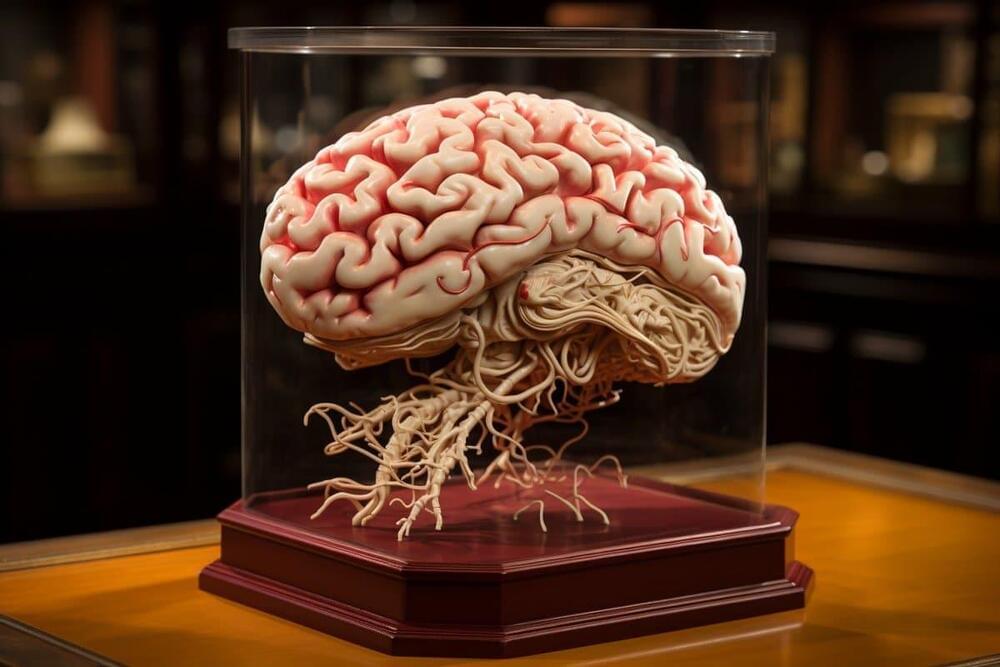Tech giant Google has finally unveiled its much-hyped Gemini AI, a series of generative AI models it claims are its “largest and most capable” to date.
“This new era of models represents one of the biggest science and engineering efforts we’ve undertaken as a company,” said Google CEO Sundar Pichai.
Multimodal AI: Generative AIs are algorithms trained to create original content in response to user prompts. OpenAI’s first iteration of ChatGPT, for example, can understand and produce human-like text, while its DALL-E 2 system can generate images based on text prompts.




